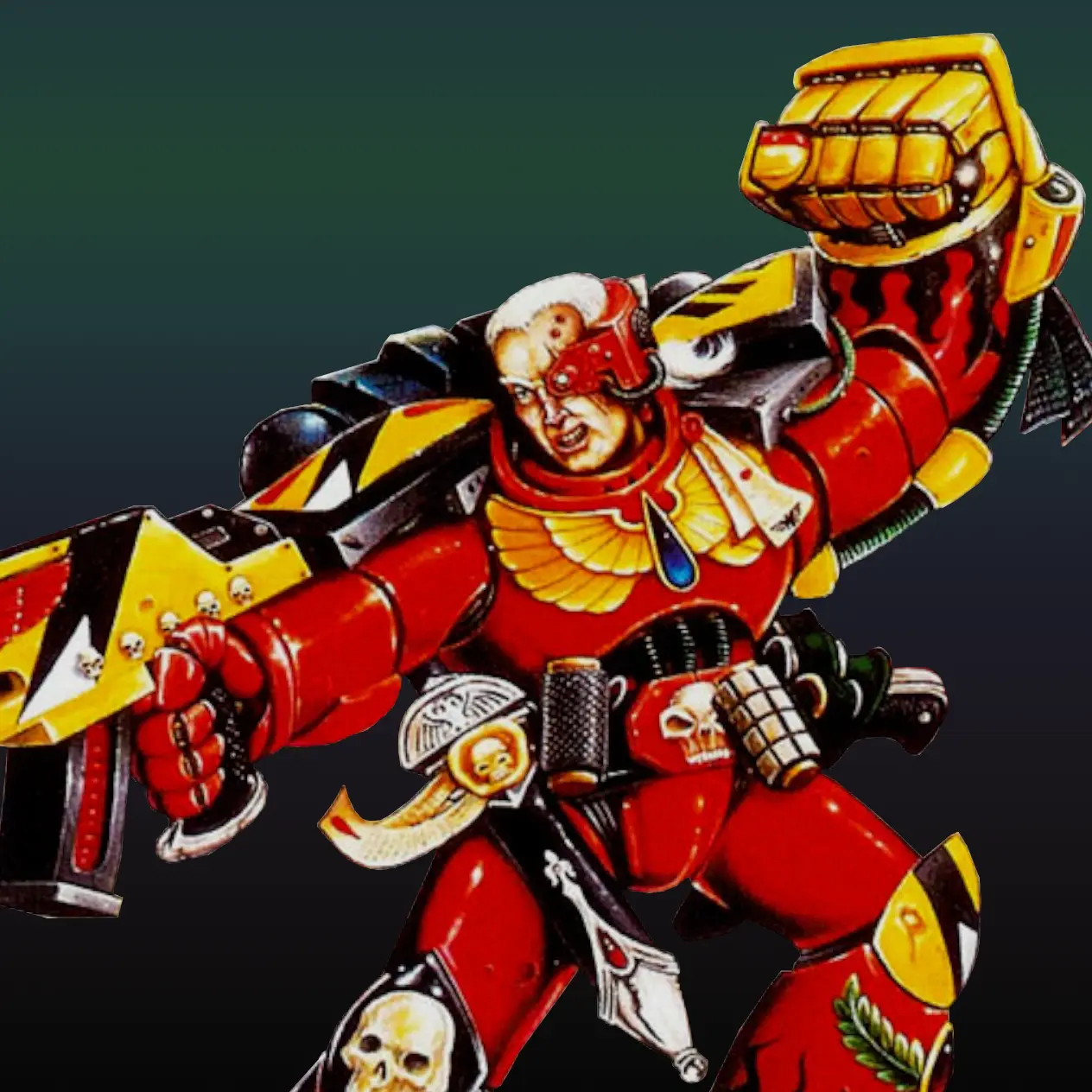For me it is:
Save value: hardness of the first layer of armor of a unit
Toughness: Amount/Mass of non-critical part of the unit that can be damaged without impacting the unit much
Wounds: Amount of critical parts/vital organs of a unit that can be damaged while the unit still lives/operates
Armour Penetration: Ability to break this initial layer of armor (sharpness of the blade or pointiness of the bullet)
Strength: Ability to penetrate/spread through general mass of the shot unit (overall energy of the shot/blow)
Damage: Potential of damaging critical parts/vital organs of a unit (shape of the blade/bullet)
Examples:
Hollowpoint bullet and Armor Piercing bullet could have the same energy (mass x speed) but Hollowpoint has lower AP but higher Damage while Armor Piercing has lower damage but higher AP
A Rabbit and a Bear would have similar Save Value (skin covered only by fur) but Bear would have much greater toughness (a bullet must travel through more bear body to reach organs) and possibly more wounds since a one bullet could damage multiple critical organs of a rabbit but less likely bear
This is a very good description of the system, and it very nicely highlights how needlessly complicated it is, and how inconsistent GW is about it. Love your explanation, thanks for sharing! It makes me wish 40k would use d10 or d12 (or d20) to accommodate all the nuance. However, this would only add to the overall lack of clarity.
I think it’s very tricky to assign this level of real world specific equivalence, because the making you hit/wound/save as a sequence is mostly there to let you roll more dice and interact with more mechanics.
They could replace everything with a formula that results in a single number you need to beat on a single dice fairly easily, and go even more in depth with it, but that’s not very interesting.
Having the roll sequence allows for a lot more “oooooooohhhhhhh” moments without up setting the rhythm of the game and means that each player gets more interaction with abilities and leader buffs etc. And it’s fun to roll lots of dice.
IMO it would make more sense to say that the combination of stats represents the general resilience and armour of a model, but that assigning each step of the sequence this level of specific equivalence is reading to much into it.
| And it’s fun to roll lots of dice.
Found the ork player ;-)
Close! AdMech; radium rifles go brrrrrr

